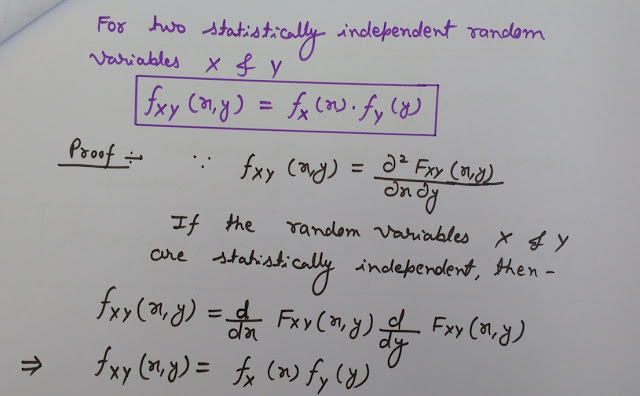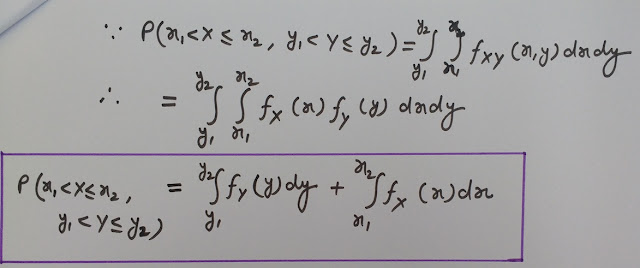Q.1- केंद्र सरकार ने आर्थिक रूप से पिछड़े सवर्णों को कितने परसेंट आरक्षण देने की घोषणा की है-
Ans- 10%
*केंद्र सरकार ने 7 जनवरी 2019 को एक बहुत ही महत्वपूर्ण निर्णय लिया है. इसके अनुसार आर्थिक रूप से पिछड़े सवर्णों यानी सामान्य वर्ग के लिए सरकारी नौकरियों और शिक्षण संस्थानों में 10% आरक्षण दिया जाएगा.
*यह आरक्षण सामान्य श्रेणी के उन लोगों को दिया जाएगा, जिनकी सालाना आय 8 लाख रुपये से कम है.
*इस विधेयक के लिए संविधान की धारा 15 और 16 में संशोधन किया जाएगा.
*केंद्र सरकार जल्दी ही इसके लिए लोकसभा में संशोधन विधेयक पेश करेगी.
Q.2- भारत ने किस देश में चाबहार बंदरगाह का परिचालन शुरू कर दिया है?
Ans- ईरान
*भारत सरकार ने ईरान में शाहिद बेहेश्ती बंदरगाह (चाबहार) के एक हिस्से का परिचालन अपने हाथ में ले लिया है.
*चाबहार बंदरगाह ईरान के सिस्तान बलूचिस्तान प्रांत में स्थित एक बंदरगाह है, जो कि रणनीतिक दृष्टि से बहुत ही महत्वपूर्ण है.
*चाबहार बंदरगाह से भारत के कारोबारियों को बहुत लाभ होगा. अब भारतीय कारोबारी अपना सामान सीधे ईरान तक बिना किसी व्यवधान के भेज पाएंगे.
*चाबहार बंदरगाह के शुरू होने पर भारत का निर्यात का समय घट जाएगा तथा निर्यात पर होने वाला खर्चा भी लगभग एक तिहाई तक कम हो जाएगा.
Q.3- कौन सा खिलाड़ी होपमैन कप जीतने वाला पहला खिलाड़ी बना है?
Ans- रोजर फेडरर
*स्विट्जरलैंड के रोजर फेडरर ने जर्मनी को 2 -1 से हराकर होपमैन कप का खिताब जीत लिया.
*इसके साथ ही रोजर फेडरर 3 होपमैन कप जीतने वाले पहले खिलाड़ी बन गए हैं.
Q.4- सुप्रीम कोर्ट ने किस सीबीआई डायरेक्टर को पद से हटाने का केंद्र का फैसला निरस्त करके बहाल किया है?
Ans- आलोक वर्मा
*सीबीआई डायरेक्टर आलोक वर्मा को पद से हटाकर छुट्टी पर भेजने का केंद्र सरकार का फैसला सुप्रीम कोर्ट ने निरस्त कर दिया है.
*लेकिन जब तक उनके खिलाफ भ्रष्टाचार के आरोपों की जांच पूरी नहीं हो जाती तब तक उन्हें नीतिगत फैसले लेने से रोक दिया गया है.
Ans- 10%
*केंद्र सरकार ने 7 जनवरी 2019 को एक बहुत ही महत्वपूर्ण निर्णय लिया है. इसके अनुसार आर्थिक रूप से पिछड़े सवर्णों यानी सामान्य वर्ग के लिए सरकारी नौकरियों और शिक्षण संस्थानों में 10% आरक्षण दिया जाएगा.
*यह आरक्षण सामान्य श्रेणी के उन लोगों को दिया जाएगा, जिनकी सालाना आय 8 लाख रुपये से कम है.
*इस विधेयक के लिए संविधान की धारा 15 और 16 में संशोधन किया जाएगा.
*केंद्र सरकार जल्दी ही इसके लिए लोकसभा में संशोधन विधेयक पेश करेगी.
Q.2- भारत ने किस देश में चाबहार बंदरगाह का परिचालन शुरू कर दिया है?
Ans- ईरान
*भारत सरकार ने ईरान में शाहिद बेहेश्ती बंदरगाह (चाबहार) के एक हिस्से का परिचालन अपने हाथ में ले लिया है.
*चाबहार बंदरगाह ईरान के सिस्तान बलूचिस्तान प्रांत में स्थित एक बंदरगाह है, जो कि रणनीतिक दृष्टि से बहुत ही महत्वपूर्ण है.
*चाबहार बंदरगाह से भारत के कारोबारियों को बहुत लाभ होगा. अब भारतीय कारोबारी अपना सामान सीधे ईरान तक बिना किसी व्यवधान के भेज पाएंगे.
*चाबहार बंदरगाह के शुरू होने पर भारत का निर्यात का समय घट जाएगा तथा निर्यात पर होने वाला खर्चा भी लगभग एक तिहाई तक कम हो जाएगा.
Q.3- कौन सा खिलाड़ी होपमैन कप जीतने वाला पहला खिलाड़ी बना है?
Ans- रोजर फेडरर
*स्विट्जरलैंड के रोजर फेडरर ने जर्मनी को 2 -1 से हराकर होपमैन कप का खिताब जीत लिया.
*इसके साथ ही रोजर फेडरर 3 होपमैन कप जीतने वाले पहले खिलाड़ी बन गए हैं.
Q.4- सुप्रीम कोर्ट ने किस सीबीआई डायरेक्टर को पद से हटाने का केंद्र का फैसला निरस्त करके बहाल किया है?
Ans- आलोक वर्मा
*सीबीआई डायरेक्टर आलोक वर्मा को पद से हटाकर छुट्टी पर भेजने का केंद्र सरकार का फैसला सुप्रीम कोर्ट ने निरस्त कर दिया है.
*लेकिन जब तक उनके खिलाफ भ्रष्टाचार के आरोपों की जांच पूरी नहीं हो जाती तब तक उन्हें नीतिगत फैसले लेने से रोक दिया गया है.



























